We take closer look at the issue of homelessness
What once was a simple school project turned into a deeper exploration of homelessness
It’s safe to say that homelessness is a well-known problem in the United States. In many cities, it is not uncommon to see people sitting on the side of the road with cardboard signs and thick clothing. While many of these people stay hidden from mainstream society much of the time, there are enough people in plain view of the public to warrant many opinions—ranging from pity, to anxiety, to confusion, to annoyance.
But even with the countless different stories and situations, what are the overarching causes for this nationwide issue? And what do the numbers look like?
In 2017, over 553,000 Americans were considered “homeless.” The largest number of people without homes was recorded in New York City at 76,501, with Los Angeles placing second at 55,188 (https://www.statista.com). Los Angeles saw the number of inhabitants living without a home rise to 55,000 – an increase of almost a quarter in a single year. Along with significant rises in other large cities such as Seattle, San Diego, and Sacramento, the national figure has been pushed up by roughly 1% in 2017 (https://www.bbc.com). With such large groups of people in one place (8.623 million people in New York according to the United States Census Bureau), it’s not a surprise to see the majority of people living on the streets in these places.
James’ wife died a few years ago, and now he lives on the streets of Chicago. I asked him about his wife and his eyes started to well up.
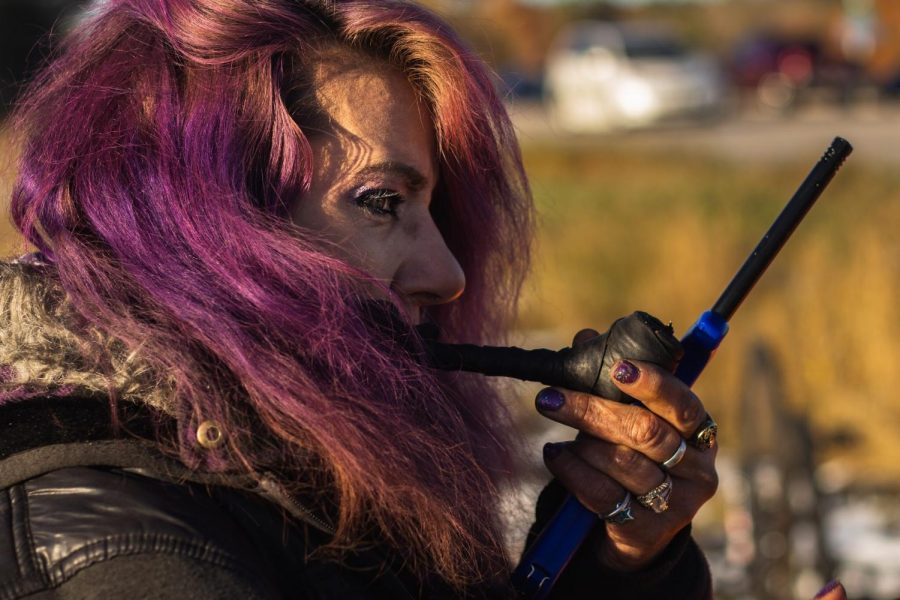
The numbers tend to speak for themselves in broad terms of how bad the homeless problem in the United States is, but besides basic categories, general statistics do not tell stories; they don’t show the human side of living in this way.
Out of the countless reasons for living on the streets, roughly 4% of people are homeless because of poor physical health (http://homelessresourcenetwork.org). Wayne (above) has lived out of a tent in Longmont ever since a fluid-filled lung caused his aorta to expand, resulting in a weaker heart – thus making getting a job more difficult. He explained that although his heart condition played a big role, being homeless was also a personal decision: “I’m not homeless, I’m houseless. The earth is my home.”
David had been looking for a job that paid enough for an apartment for almost two years when I talked to him. He emailed me weeks later saying he found a job as a cook, and was waiting for his new apartment to open!
Cat was kicked out of her home at an early age because her parents did not agree with her sexual orientation. Although Cat is an adult, homelessness because of discrimination against sexuality is most common in teens. Out of all teens who are homeless, up to 40% are part of the LGBTQ community, the most common reason for this being familial rejection based on sexuality. LGBTQ youth are also much more likely to become or remain in a state of homelessness due to discrimination when looking for alternative housing (http://nationalhomeless.org).
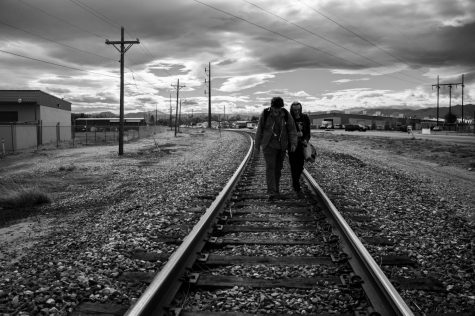
Jerry and Thomas start off on a long trek to live with family in New York
Jerry and Thomas are two runaways from Longmont and Niwot high school. When I met them they had just been caught by the police trying to hide in a stopped train. I didn’t have much time to talk to them, but they told me they were two friends heading to upstate New York. Jerry’s dad had recently moved to Colorado, taking his unwilling son with him, and so the two boys were headed back to Jerry’s family.
Homelessness is a recognizable problem among youth in America, and many kids in these situations are victims of much rougher circumstances than Jerry and Thomas – such as the death of parent/guardians, abuse, teen pregnancy, or even forced prostitution. It may be difficult for some kids to see how homelessness relates to their age group, as people experiencing homelessness are most commonly adults. But surprisingly, Jerry and Thomas represent more than 2 million American kids that will experience homelessness in a year. (www.covenanthouse.org)
With homelessness being a problem among youth in America, it may still come as a surprise that there are more students at Mead High School struggling with this issue than one may think. Especially with Mead being located in more of a rural spot away from larger urban areas, it’s not what most people think of an accessible place for people without homes, since transportation usually comes after having a home on the list of priorities.
I was able to talk to Pedro Linsenmeyer, Personal and Social Counselor here at Mead. Along with some other resources, Mr. Linsenmeyer pointed me towards the McKinney-Vento Act, detailing the rights of children who don’t have a stable place to live. According to the McKinney-Vento Act, the definition of homeless youth is “children and youth who lack a fixed, regular, and adequate nighttime residence.” The act goes on to explain that this includes children who share housing with other persons due to loss of housing, live in motels, trailer parks, tents, are migratory children, and more.
The school system does a lot to help these students succeed, as outlined by the McKinney-Vento Act. Children without fixed, regular, and adequate nighttime residences have the right to:
- Go to school
- Choose between their local school, the school they attended before they lost their housing, or the school in which they were last enrolled
- Enroll in school without proof of residency, immunization, school records, or other documents
- Be provided with transportation to their school
- Get the school services they need (such as free or reduced lunch)
- Be free from harassment and isolation
- Have disagreements with the school settled quickly
With roughly 95,000 “unaccompanied homeless students” accounted for during the 2014-2015 school year, it becomes easier to see how Mead might include a few of these students. But what’s it like to be in their shoes? How do they experience day to day life differently from us? Mr. Linsenmeyer gave me a few insights into how students without homes may see the world. “Many times people are scared to get opened up to resources because something serious happened in the past, and someone that hurt them could be responsible… Students may be scared to open up… because parents don’t have documentation… they’re gonna find out mom and dad’s immigration status.” Of course, every situation is different, and there are countless issues that can make these youths’ lives harder. But Mr. Linsenmeyer assured me: “What I do know from these children, these students, is that they’re very strong, they’re committed to their hardships, they’re good problem solvers, they’re determined, over time they’re willing to speak up more and take their resources…”
One thing that Mr. Linsenmeyer made me aware of was that the type of language we use is very powerful, particularly in this situation. Specifically, the term “Homeless person,” can be very degrading. “Homeless is kind of really a broad term that we’re avoiding to use, plus, it’s respectful not to use that term because there are all these unique situations and a student may not be technically homeless.”
Throughout this project, I’ve realized that there is a rather strong stigma around the word, stereotyping people in an unfair way. There is a common attitude and tendency to mentally brush people like this off. I’ll admit, it can be hard to look people in the eye when they’re standing on the corner at an intersection asking for food or money. “Anything helps.” It’s easier to look the other way and dismiss them as lazy, trying to live off of other people, just another thing you’ll see when living in the city – but these people are just like us: human.
It’s a small change, but simply saying “someone who is homeless” rather than “homeless person” puts the person first, and their situation after. Many of them are simply trying their hardest to make the best with what cards they’ve been dealt in life. And this isn’t limited to the adults you see on the street – the youths that are less commonly thought of as homeless are still there, living life and trying their hardest to make it day to day.
Since I’ve started this project, the people I’ve talked to that are homeless have a very different view on life. They tend to have more grit and determination. Through their countless struggles they’ve recounted to me, they keep going back, time after time, to make it to the next day.
This article started as an AP Art photography project for me. My goal was to talk to and take the portraits of homeless people in and near Longmont. I wanted to understand the concept more and spread awareness by “showing the faces behind the statistics.” I began by approaching people experiencing homelessness on the street, asking to talk to them and hear their story. After or while they talked, with their permission, I would try to take portraits of them with my camera. When Mrs. Hedlun suggested that I do a journalism article about homelessness along with my project, I began to focus more on the talking part of the interaction, hearing their heartbreaking stories and getting a better feel for homelessness in general.
Although the problem may not look the same from state to state, or even town to town, talking with these people has shown me the human side of homelessness in a tangible way that only personal interaction could. That being said, I realize I’ve only begun to scratch the surface of this issue. Some of the nicest people I met during this project didn’t want me to take their picture, but gave me more insight into how many different sides there are to homelessness.
Now at Mead High School, students experiencing homelessness are few and far between, and the problem is definitely not as big here as it is in inner-city schools or in larger cities. But students in these situations still exist within the walls of Mead, and they deserve respect.
So while you may not casually talk about “homeless people” on a regular basis, much less students, this can serve as a reminder to be careful how you treat anyone and everyone. Because although it can be cliche, you never know what anyone is experiencing at any point in time. Language is powerful. Degrading terms should be avoided, no matter who you are referring to – whether that be children without safe places to sleep at night, students who are mentally handicapped, people of different races or sexualities, etc. This has been a good reminder for me, and hopefully everyone, that stereotypes are hollow representations of what society assigns people to be. Judge the person, not the situation.
Your donation will support the student journalists of Mead High School. Your contribution will allow us to purchase equipment and cover our annual website hosting costs.
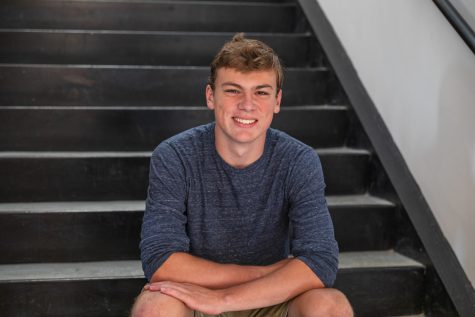
Brooks Upham is a senior at Mead High School. Some of his hobbies include playing piano, balancing rocks, rollerblading, and taking photos. He hopes to expand his knowledge of journalism and his role on the Mead High School Journalism Staff.
You can contact him at [email protected]

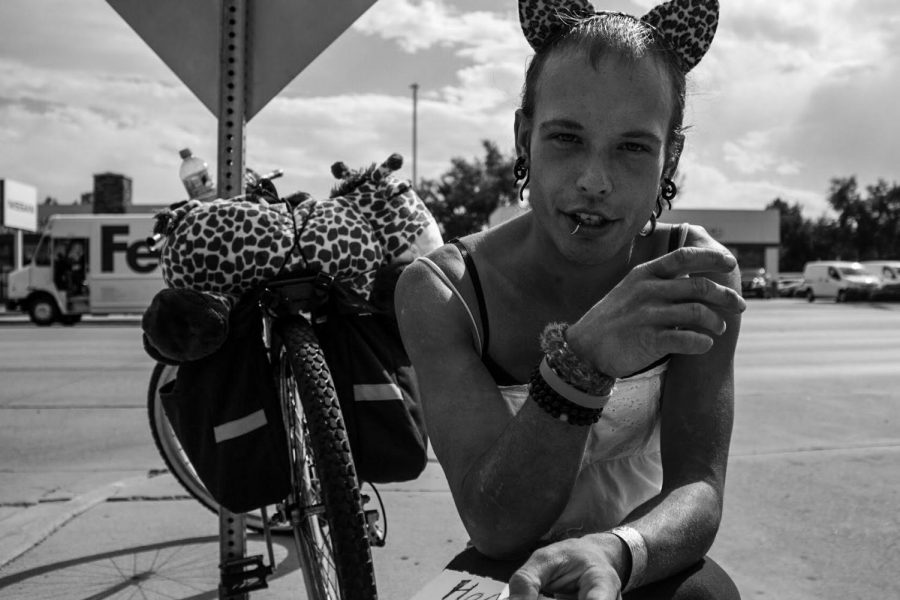
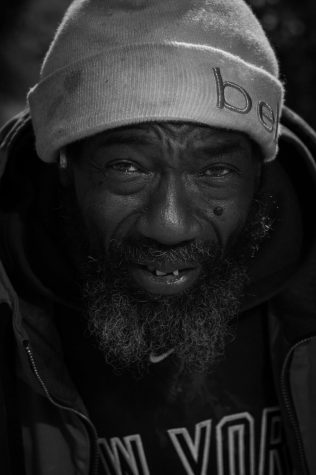


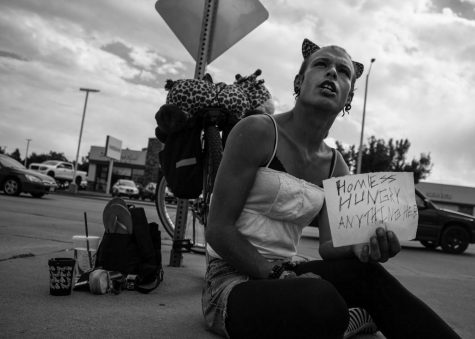

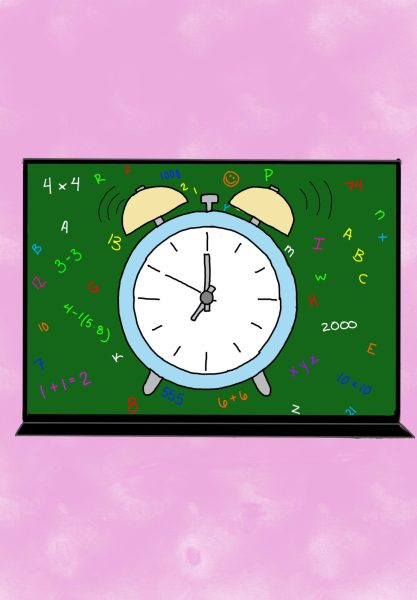
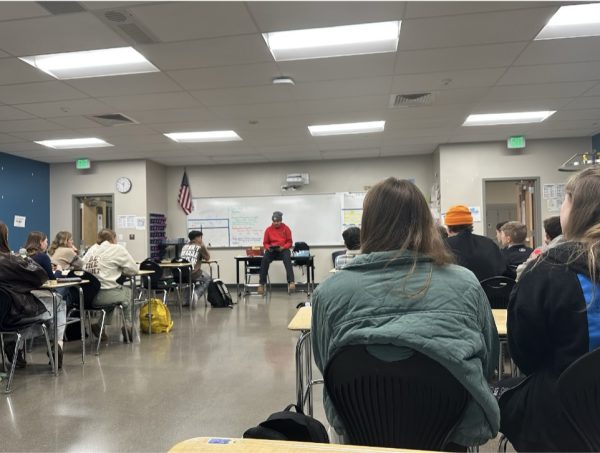







Nana • Feb 10, 2019 at 4:46 pm
Brooks, This article is amazing. Great research on an issue that requires some serious attention by those who can provide the greatest assistance. Keep it up!
laura flowers • Feb 7, 2019 at 12:55 pm
This is a beautiful, research-backed perspective. I am so impressed with the thoughtfulness and respect that is apparent in the approach and reporting. Well done, Brooks.
Rachel Long • Feb 6, 2019 at 10:56 am
Wow! This is a wonderfully written article. Thank you for shedding some light onto this subject that many people want to shy away from. My heart is breaking reading about some of the people you interviewed and photographed. I like that you included the fact that we do have students without stable homes at our local schools.